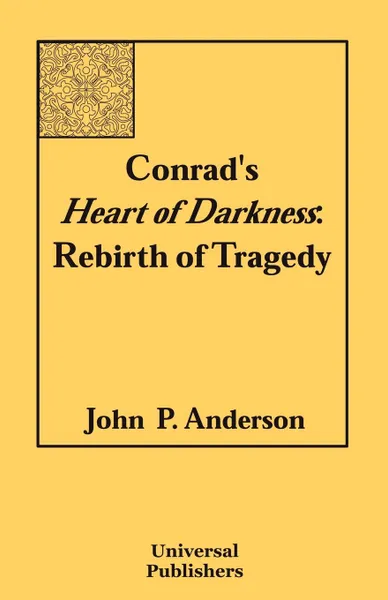Conrad.s Heart of Darkness. Rebirth of Tragedy 14+
Автор: John P. Anderson
180 страниц
Категория: Литература на иностранных языках
ISBN: 9781581124675
Язык: Английский
🔖 This is a reader's guide to Conrad's novel Heart of Darkness as art, not as a page-turner but as art. As he has done with other works of Conrad, Anderson traces Conrad's art in a line-by-line analysis of most of this short novel.Anderson traces the unifying theme of the novel to Nietzsche's ideas in The Birth of Tragedy. Nietzsche interpreted ancient Greek tragedy as a reflection of Dionysian and Apollinian life experiencesof the Greek audience. Apollo was a Greek god of the higher orders of civilization and the civilized restraint and control that is necessary for getting along with others. Dionysus, on the other hand, was agod of nature and fertility and is associated with unrestrained, orgiastic worship.This author shows how Conrad used the contrast between the Apollinian and Dionysian to structure the form and content of the novel: how the contrast holds together the important artistic decisions made by Conrad; how Conrad midwived the rebirth of ancient Greek tragedy as the Congo tragedy-the rape of the Congo by Europeans in the late 19th century; and how this could have happened-how the psyches of the Europeans unraveled in the Congo jungle.In Conrad's rendition, the unrestrained competitive and hostile Dionysian life forces at the heart of nature not only power the teeming jungle but also lurk in the inherited instincts of mankind. The European search for ivory in the Congo brought these primitive instincts to the surface, out of their holes like ser...
Мнения
